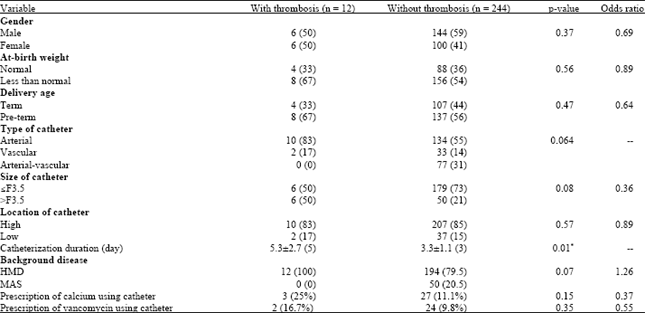Short Communication
Vein Thrombosis Associated with Umbilical Vascular Catheters with Color Doppler
Department of Radiology, Tabriz University of Medical Sciences, Tabriz, Iran
Manijeh Mostafa Gharehbaghi
Department of Gynecology, Tabriz University of Medical Sciences, Tabriz, Iran
Abolhassan Shakeri
Department of Radiology, Tabriz University of Medical Sciences, Tabriz, Iran
Reza Taei Nobari
Tabriz University of Medical Sciences, Tabriz, Iran
Noushin Behravan
Tabriz University of Medical Sciences, Tabriz, Iran
Mohamad Goldust
Student Research Committee, Tabriz University of Medical Sciences, Tabriz, Iran









